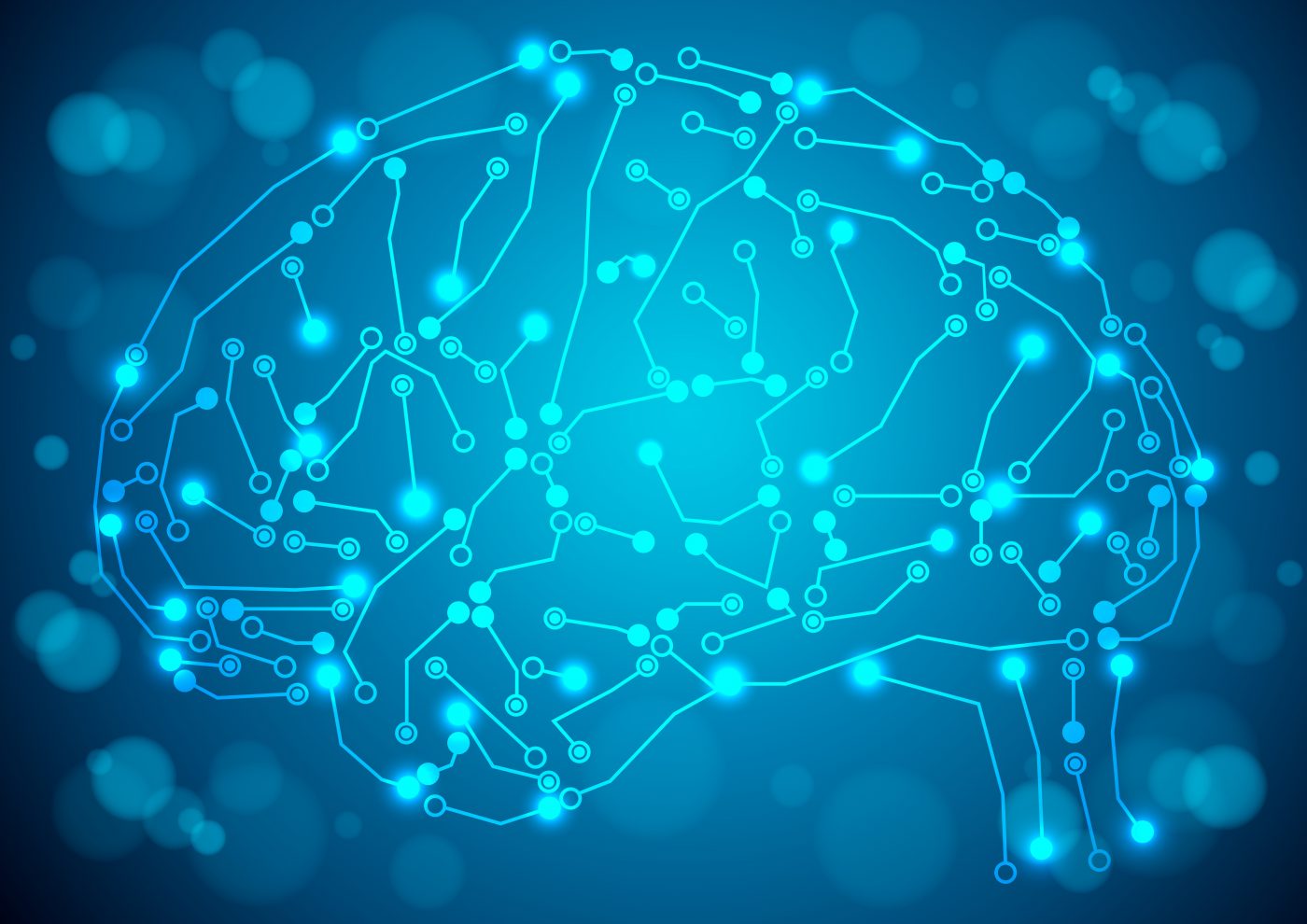Stimulating Specific Type of Neuron Could Restore Movement in Parkinson’s Longer, Study Reports

Stimulating a specific type of brain neuron could restore movement in Parkinson’s disease longer than other approaches, a study in mice reports.
The research, “Cell-Specific Pallidal Intervention Induces Long-Lasting Motor Recovery In Dopamine-Depleted Mice,” was published in the journal Nature Neuroscience.
A hallmark of Parkinson’s is loss of dopaminergic neurons — which produce the neurotransmitter dopamine — in a brain region called the substantia nigra. Neurons are nerve cells.
Dopaminergic neurons’ deaths affect the normal functioning of another region, the basal ganglia, which governs voluntary movements. This makes the basal ganglia a good target for Parkinson’s therapies. But treatments developed so far don’t last long.
“A major limitation of Parkinson’s disease treatments is that they provide transient relief of symptoms,” Aryn Gittis, the study’s senior author, said in a news release. “Symptoms can return rapidly if a drug dose is missed or if deep brain stimulation is discontinued.
“There is no existing therapeutic strategy for long-lasting relief of movement disorders associated with Parkinson’s,” she added.
To investigate the basal ganglia’s role in Parkinson’s, researchers studied two groups of neurons in a structure called the external globus pallidus (GPe) that is in the same region. GPe neurons suppress motor pathways in the basal ganglia, but researchers didn’t know how they behave in Parkinson’s.
The team genetically altered mice to produce GPe neurons activated by light, a technique called optogenetics. This approach allowed them to follow two subtypes of GPe neurons, called PV-GPe neurons and Lhx6-GPe neurons.
Mice with Parkinson’s had abnormal basal ganglia activity and movement problems. Stimulating the activity of PV-GPe neurons stopped the basal ganglia neuron problems and restored the mice’s movement for four hours, significantly longer than other treatments.
“These results establish the utility of cell-specific interventions in the GPe to target functionally distinct pathways, with the potential to induce long-lasting recovery of movement despite the continued absence of dopamine,” researchers wrote.
Therapies based on the team’s findings could be more effective than current treatments, such as deep brain stimulation, Gittis concluded.






